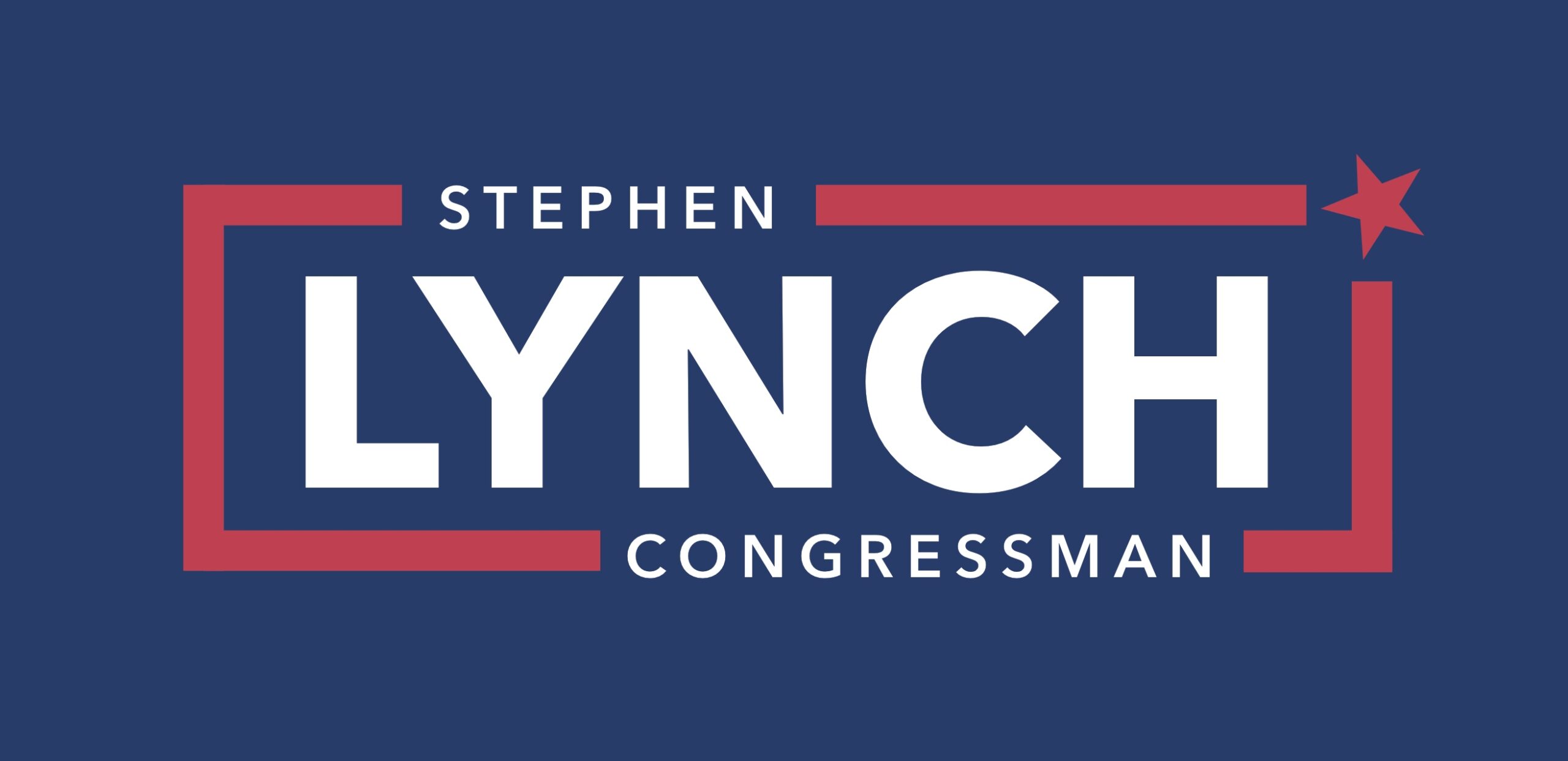Dorchester Reporter
By Gintautas Dumcius and Bill Forry, Reporter Editors
$2.2m purse to help with prep work
Moakley Park, the waterfront space connecting Dorchester and South Boston, is set to receive a $2.2 million infusion as part of federal, state and local efforts to mitigate the effects of rising sea levels and other climate change impacts.
With Carson Beach as a backdrop, Mayor Michelle Wu joined US Sens. Elizabeth Warren and Ed Markey, Congressman Stephen Lynch, and other local elected and environmental officials to tout the funding headed toward the mitigation measures, including the installation of an artificial ridge to deal with higher sea levels. The pot of money includes $1.65 million in federal grant funds, with the rest coming from the city.
The city is expected to conduct an engineering assessment, set up site investigations, and prepare for flood mitigation projects to the north and south of the park.
“Moakley Park is the first climate resiliency project heading to ‘final design’ that involves city-state collaboration from the very beginning,” Wu said.
“As a coastal city we must stay focused on taking bold action to protect our waterfront and our environmental justice communities,” she added. “The investment we’re celebrating here today is just one of the ways we’re doing that.”
The project will also protect other parts of the city from rising sea levels. Without action, waters could move from Carson Beach to Roxbury, according to Wu.
“Moakley Park is one of the city’s most utilized public recreation and open spaces but it sits at a critical breach point that threatens the long-term vitality of this and nearby neighborhoods,” Markey said.
Plans to redesign and rebuild the 60-acre park have been ongoing since 2018, when City Hall, then led by Mayor Marty Walsh, launched a series of public meetings that led to a “vision plan” that included four major sports and athletics fields at the park’s core surrounded by trees and new paths and spaces for events and markets. The process continued virtually in 2020 through online “Moakley Talks.”
The overall project, by the city’s last public estimate, could cost in excess of $240 million over more than a decade of work done in phases. Beyond the $2.2 million efforts announced Tuesday, the city is looking to secure additional funding for improvements for the rest of Moakley Park, according to Wu.
The city-owned park is surrounded by state-owned assets— Carson Beach, Kosciuszko Circle, Morrissey Boulevard, and Old Colony Avenues— that require buy-in and coordination from state officials. Public housing developments are also nearby, meaning climate change not only threatens the park, but residences that have seen hundreds of millions of dollars in federal money sent their way.
Lynch said the seawall ends at Babe Ruth Park Drive off Columbia Road, and notes there is a “gap.” Years ago, there was the belief that Moakley Park didn’t need protection. But that’s now changed. “We’re seeing storms with more regularity and more severity, quite frankly,” Lynch said, and they’re affecting the public housing developments.
Environmental concerns have been a key driver of the Moakley re-design since the Parks Department kicked off its planning process four years ago.
Some of the concerns identified by planners and community members include coastal and stormwater flooding and the “urban heat island effect” that comes with higher summer temperatures. Improving access and safety for pedestrians and bicyclists has also been a key plank in the design effort.
“We know that Moakley Park floods all too regularly and climate change is making this flooding more frequent and more severe,” Sen. Warren said.
Preliminary design features of a reconstructed Moakley would mitigate coastal flooding and storm surge by creating “coastal landscapes,” including berms, stormwater gardens, porous pavement, underground storage systems, and tree trenches.
Experts hired by the city have projected a sea level rise of as much as 40 inches by 2070.
Early iterations of the city’s vision plan included the elimination of Day Boulevard, the state-owned roadway that runs between Carson Beach and the park. On Monday, Mayor Wu said there is more to come on “specific design details” such as that. “I’m sure the community will have plenty of thoughts,” she said, looking to Lynch, who nodded in agreement.
Shutting down Day Boulevard would divert all traffic to Dorchester Avenue and Old Colony Avenue, as developers are set to add 3 million square feet in projects along those corridors, Lynch told the Reporter.
Lynch, who often runs along the park when he’s home from Washington, said he would like to hear from engineering experts. “I’d like to see how it works,” he said.
“Plug in the numbers of trips, car trips that we’re seeing every day,” he continued. “I can tell you right now some of the neighborhood will love it. Some of the neighborhood would not love it. And I think if you’re going to make a decision like that, let’s have some hard science behind it before we go in one direction or another.”
Frank Baker, who represents Dorchester on the City Council, said the shutdown would likely be unpopular among the area’s elected representatives. “I think we can do the berm inside the park and still have Day Boulevard,” he said. “I don’t think I’m a fan of closing down Day Boulevard.”

Recent Comments